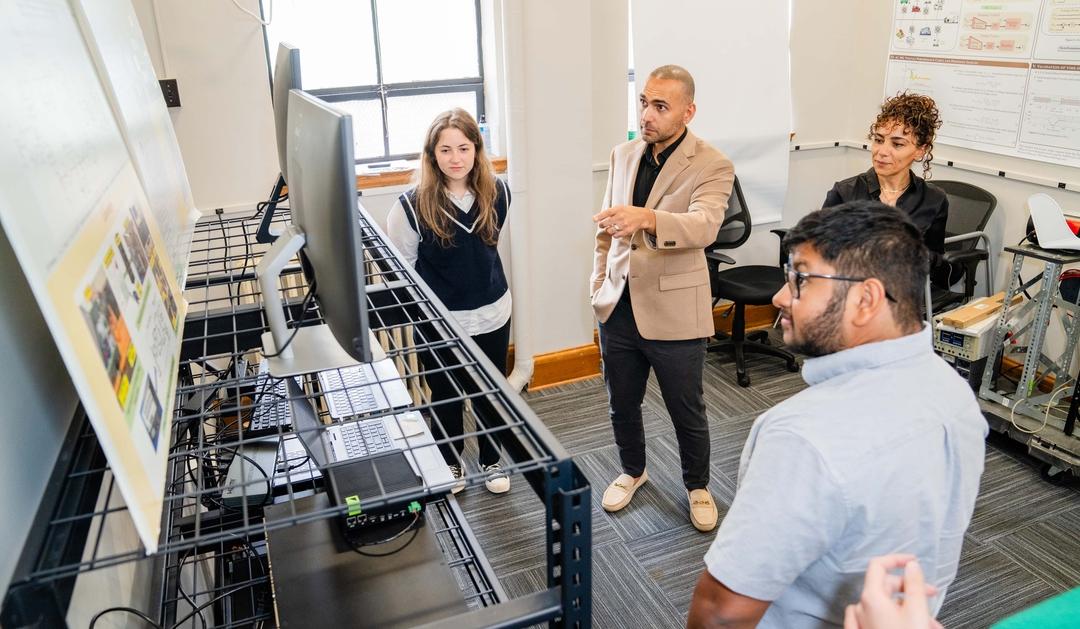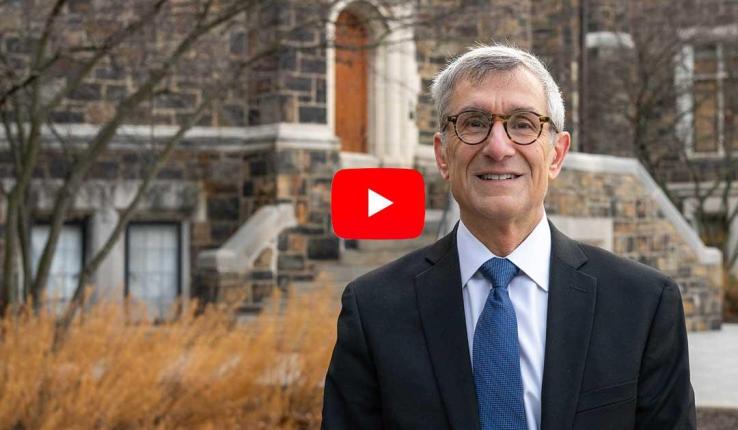The development of artificial intelligence (AI) data centers is on the rise nationwide. Major tech companies are eyeing Pennsylvania as a desired location for these centers in particular because of the state’s significant energy production. This expansion includes the development of two large-scale data centers, and an additional $90 billion in recently announced energy investments.
While this growth can foster job creation, workforce development and an increase in economic activity, energy-related concerns remain.
AI data centers host computing resources needed to meet AI demands. These centers use high levels of water and energy, and depend on local and regional electric systems. This raises questions as to whether electric grids are prepared for the increase in power, if water usage can handle the pressure from the cooling requirements and what the implications are for consumers of energy.
Lehigh’s Center for Advancing Community Electrification Solutions (ACES) is addressing these concerns by taking a full-circle approach in its data center and energy research to answer these outstanding questions, influencing policy and the way AI data centers are developed.
ACES innovates energy independence strategies through community-led electrification—combining cutting-edge technology, practical workforce solutions and common-sense policy to put American communities in charge of their energy future while advancing national strength. This work includes delivering energy solutions to guide and accelerate the growth of AI data centers.
“Pennsylvania is a net energy producer. We are in an attractive location to tech companies that want to get power for their AI data centers,” explains Shalinee Kishore, Iacocca Chair, professor of electrical and computer engineering and director of ACES. “There’s new technology, innovations and solutions that can be brought into the data centers entering our Commonwealth. Our work can help shape Pennsylvania’s commitment to this sector.”
Creating Energy Solutions
Current estimates indicate that by 2028, the electricity needed for AI data centers could be close to 12% of the total electricity demand in the U.S.—a significant increase from 4.4% in 2023.
"We are looking at opportunities to use AI to improve the efficiency, reliability and security of energy systems,” says Kishore. “That’s AI for energy. And then there's the reverse, which is energy for AI. Our team is designing smart, sustainable energy solutions to meet the growing demand for AI infrastructure like data centers.”
With support from ACES faculty and student researchers, Javad Khazaei, assistant professor in the electrical and computer engineering department and a core faculty member of ACES, is leading the research thrust in AI data centers.
Using small scale data center models in the lab and benefiting from real-time data from Lehigh’s High Performance Computing Center, the team is looking at the systems level to understand data center components and energy solutions from start to finish.






